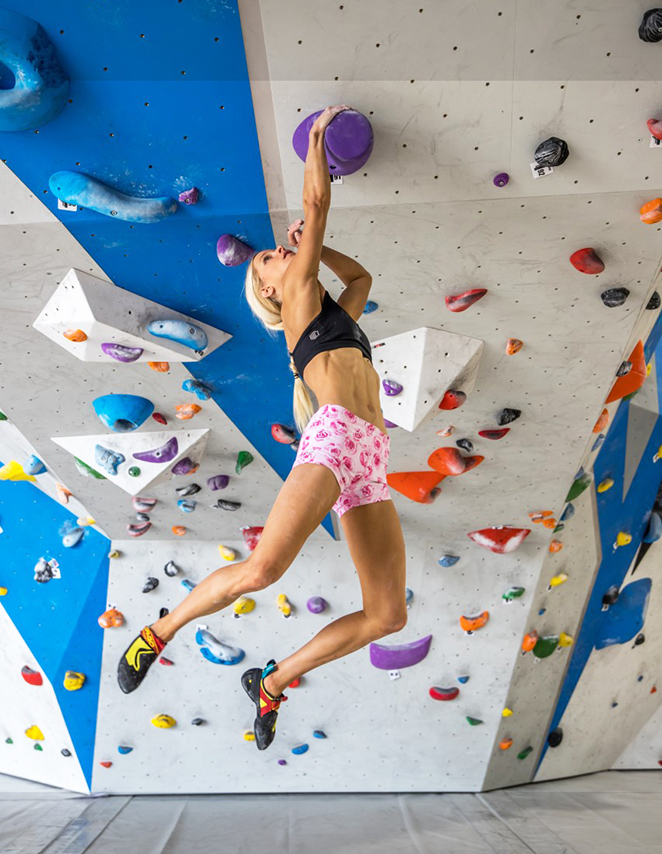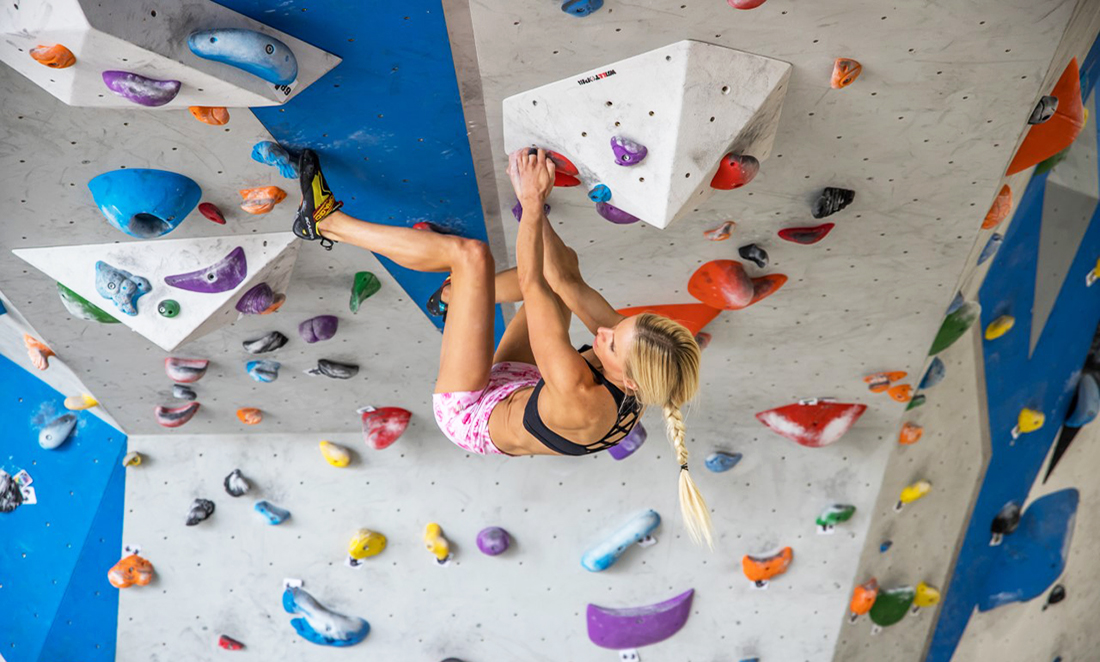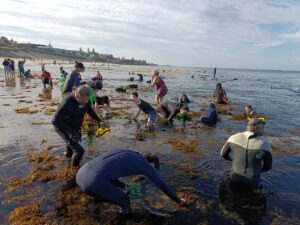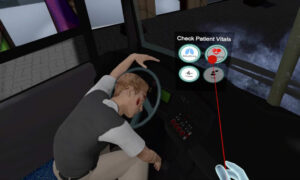As the name suggests, bouldering is a form of rock climbing, but with one key difference: ropes. Unlike other forms of climbing, bouldering has no safety ropes.
Hang on a minute …
Bouldering is essentially rock climbing stripped down to its bare essentials.
Climbers swap safety ropes and harnesses for crash pads and use their balance technique, strength and problem-solving skills to navigate short but challenging climbing routes.
Climbers can tackle boulders and low rock faces in the outdoors or artificial rock formations at indoor gyms. Professional climbing route setters create new problems (routes) for climbers to send (complete by scaling to the top).
The Physics of Bouldering | (Climb)ologyExplore the physics of rock climbing.
Posted by Tatered on Tuesday, 6 December 2016
A video game for your body
The problem aspect of bouldering is what sets it apart from other sports.
It’s like a video game for your body in that climbers have to solve the puzzle of how to get their bodies from the ground to the summit.
Perth-based Anna Davey, who was named first overall in the 2018 Australian competition series, agrees.
“You have control over your body and what you’re going to do next and how … you’re going to use your body to your advantage to solve these problems,” she says.
Anna, who previously competed as a body builder, enjoyed bouldering so much she quit her job as a lawyer because it was “taking up too much time”.
Now she’s on the Australian Climbing Team and runs her own fitness business.
Rocking your body and mind
Research suggests video games have wide-ranging mental health benefits. Similarly, some of the first research on rock climbing as therapy suggests it’s effective in treating depression and reducing anxiety.

Like gaming, bouldering requires high levels of focus. Because there aren’t any ropes, there’s a big incentive to stay focused to avoid falling.
Staying focused on your next foothold or handhold means you’re not distracted by other thoughts. You’re in the present moment.
“There’s the elation when you get to the top of a boulder,” Anna says.
“It has the immense power to make you happy when you succeed, and when you fail, it takes you to this place of problem solving.
“For that 2 hours, you’re 100% focused on what you’re doing and the adrenaline and the rush you get after … making progress or being successful. It’s enough to conquer a lot of depression.”
From niche to the Olympics
While all physical exercise is inherently good for your mind and body, you can take it from a fitness expert that bouldering is unique.
“There is no other sport where your whole body and mind are so engaged that everything else is irrelevant for those couple of hours,” Anna says.
So if you fancy doing something that’s backed by science to be good for your mind and body, give bouldering a go.
If you’re curious to see how the world’s best do it, bouldering will make its Olympic debut at the Tokyo Games in July 2020.









